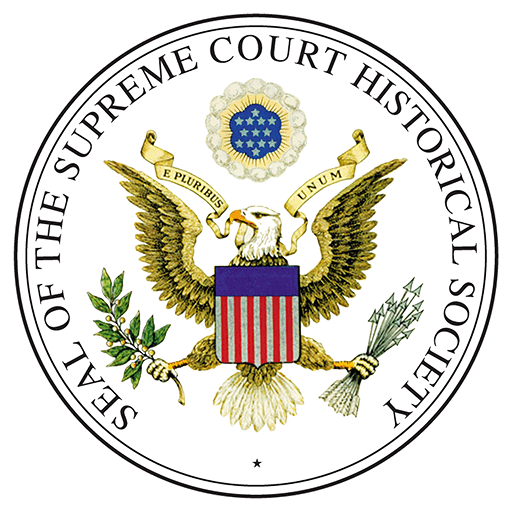Purpose
There are hundreds of excellent activities to help introduce students to a new concept or to wrap up a lesson or unit of study. Sometimes, teachers want a simple, quick activity to introduce or debrief a discussion or lesson. A few strategies stand out in civics or law-related education classes as particularly effective for promoting critical thinking skills and assessing students’ beliefs: opinion polls, rank-order exercises, and projective techniques.
Procedures
Opinion polls
Typically, a poll allows for a range of opinion (e.g., strongly agree, agree, undecided, disagree, and strongly disagree). An opinion poll can serve as a springboard for classroom discussion; give you feedback on the students’ values, attitudes, and beliefs; and help assess changes in student attitudes following instruction.
- Decide how you want to conduct the poll. Do you want to use a simple show of hands? Do you want to use a written, paper poll? Do you want to use a free online polling tool such as Survey Monkey or Poll Everywhere?
- Decide how many questions you want to include in the poll. Typically, a few questions are more effective than many.
- Write the questions.
- Conduct the poll, first asking students to express their own opinions.
- You should then develop a class composite. This can be done by a simple show of hands.
- Ask students to explain their opinions and to listen to opposing points of view.
- You may wish to follow the opinion poll with a case study on the subject of the discussion. For example, suppose a number of students respond to an opinion poll on criminal law by strongly agreeing with the statement “Criminal offenders should be rehabilitated and not punished.” This poll could be followed by a case study about a violent offender with a long record. Do students think this offender should be punished, or do they still believe he can be rehabilitated?
Rank-order exercises
Another approach to analyzing and discussing student beliefs is a rank-order activity. The rank-order activity involves making choices between competing alternatives. For example, students might rank certain offenses from most serious to least serious. By putting items in rank-order, students have to prioritize and evaluate various options.
Projective statements
This technique allows students to respond to an open- ended question. For example, students might be asked to complete an unfinished sentence such as this: “My advice to the Supreme Court would be _____.” “I wish the president would _____.” “When I think of the police, I think of _____.” Likewise, students might be asked to write a caption for an untitled photo or cartoon.
